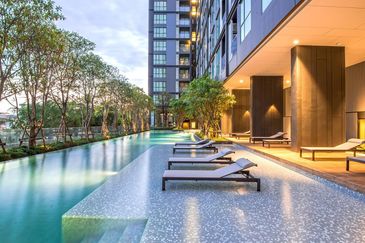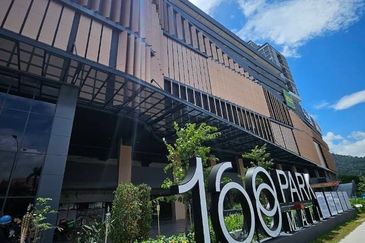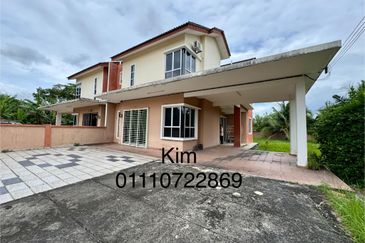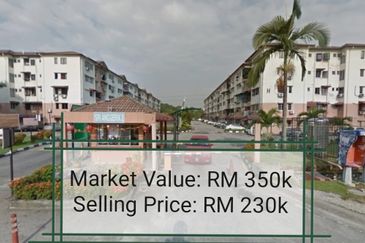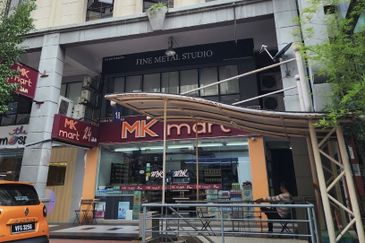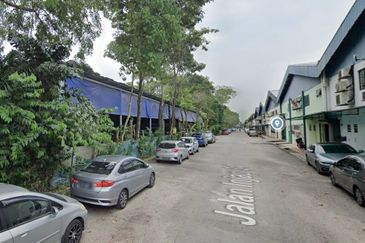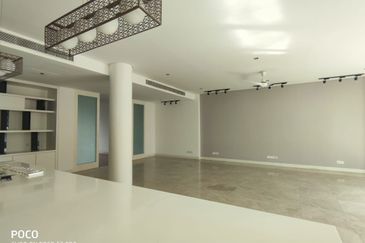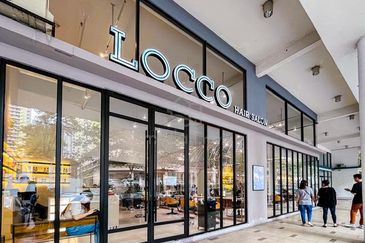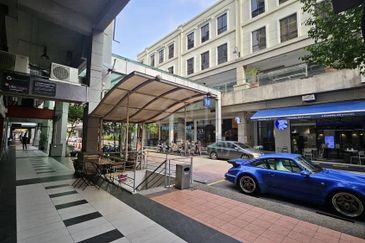
KUALA LUMPUR (Dec 22): Property developers may need to brace for a sustained low-margin environment next year as they continue building new affordable homes that are expected to crimp their margins.
Analysts are of the view that this, along with continuing rise in building costs, will put pressure on property companies’ revenues and profitability margins.
According to Hong Leong Investment Bank Research (HLIB Research) property analyst Lee Meng Horng, demand for properties above RM1 million will stay low in 2018, forcing developers to remain focused on providing housing units priced below RM800,000.
“Affordable housing will continue to be the theme for developers next year. But how they define affordable will vary from one to another as they take into account different factors,” he told The Edge Financial Daily.

The property sector will also be affected by subdued consumer sentiment amid rising costs of living, an already high level of household debt, along with tighter lending rules by the banks.
Bank Negara Malaysia had enforced several cooling measures back in 2013, which included a further tightening of the loan-to-value ratio for property purchases and the removal of the popular developer interest-bearing scheme to reinforce responsible lending practices and rein in speculation.
Despite the slowdown in the local property sector since then, demand for homes persists, especially in the affordable housing segment.
Nevertheless, the stricter lending rules enforced by the central bank have made it challenging for some to purchase a home.
“We saw high take-up rates as announced by developers for various projects [this past year], but it seems like it is not translating into sales,” Lee said, showing that there are definitely interest in home ownership, but buyers just cannot afford to secure loans.

In an analysis of the performance of nine main property players, The Edge weekly on Dec 4 reported that the companies’ gross profit margin, on average, had been on a downward trend over the past five years — from 29% in 2013 to 24% for the 12 months ended June 30, 2017 — squeezed by rising construction, and labour and land costs.
The property players analysed were S P Setia Bhd, UEM Sunrise Bhd, UOA Development Bhd, Mah Sing Group Bhd, Eastern & Oriental Group Bhd, Tropicana Corp Bhd, LBS Bina Group Bhd, KSL Holdings Bhd and MKH Bhd.
Lee said developers will have to cater to the demand for affordable housing and succumb to lower margins to ensure sales.
“Yes, developers will get lower margins from affordable housing. But if they cannot sell properties at a higher price point, they will have to follow the demand,” he said.
To preserve profit margins, Kenanga Investment Bank Bhd analyst Sarah Lim is of the view that developers will have to control internal costs and improve cost efficiencies, for example through the adoption of the industrialised building system (IBS).
“As profit margins are eroding over time, developers need to seriously consider greater adoption of IBS. It may be more expensive in the short term, but it will definitely increase productivity in the long run,” she said.
On the uncertainty over a blanket ban on four types of developments as announced by the government in November, namely shopping complexes, offices, serviced apartments and luxury high-rise apartments priced over RM1 million, Lim said it has negatively affected market sentiment.
Furthermore, analysts are expecting a potential hike in the overnight policy rate (OPR) in 2018 as Bank Negara Malaysia is seen to tighten its monetary policy stance.
Still, Lim believes that the property market has bottomed out in 2017 after the slowdown over the past several years, and that developers should accept this as the new normal.
“Corporate earnings will remain relatively flat, with mid to low single-digit growth,” she said, adding that there was a slight improvement in 2017 compared to the last two years, and the same momentum can be expected in 2018.
Lee concurred, saying the potential OPR hike will further negatively impact the property market.
“This, I believe, will further negatively affect the property market as higher OPR means higher cost of financing a house purchase,” Lee said.
Year to date, the FBM Property Index has risen 6% to close at 1,196.09 points yesterday, underperfoming the FBM KLCI which has risen 7.07% in the same period.
This article first appeared in The Edge Financial Daily, on Dec 22, 2017.
For more stories, download EdgeProp.my pullout here for free.
TOP PICKS BY EDGEPROP

The Hipster @ Taman Desa
Taman Desa, Kuala Lumpur

Subang Jaya City Centre (SJCC) : Teja
Subang Jaya, Selangor
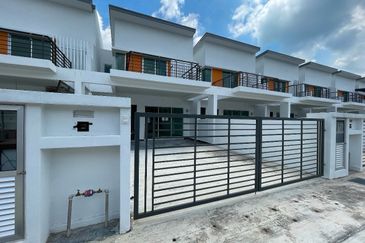
Bandar Springhill
Port Dickson, Negeri Sembilan
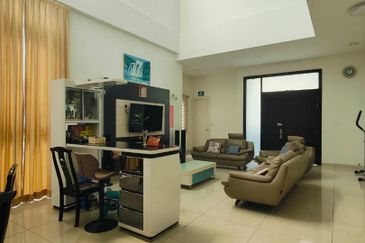
Fully furnished Gated & Guarded with Facilities
Kota Kemuning, Selangor

Fully Furnished with Big Garden
Kota Kemuning, Selangor

Bungalow Partially Furnished with Facilities
Kota Kemuning, Selangor
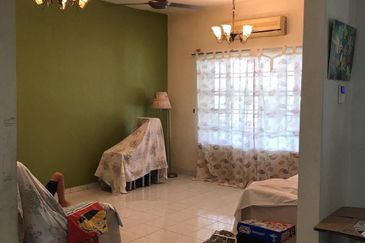
Near Park Great Neighbourhood
Kota Kemuning, Selangor
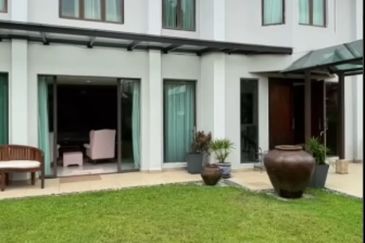
Damansara Heights (Bukit Damansara)
Damansara Heights, Kuala Lumpur

The Grand SOFO @ Kelana Damansara Suite
Petaling Jaya, Selangor


